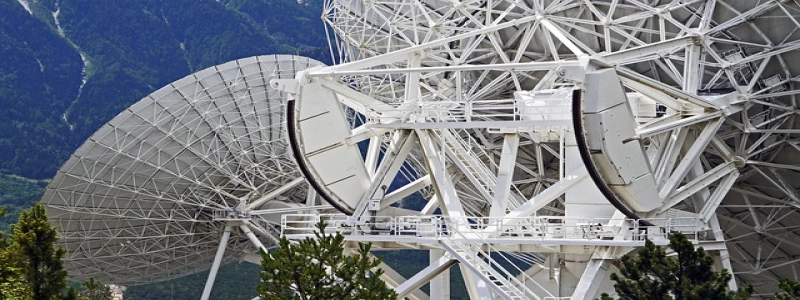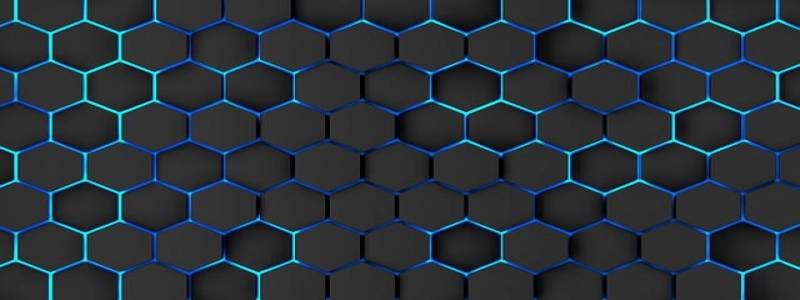How to Repair Fiber Optic Cable
Introduction:
Fiber optic cables are widely used in telecommunication networks due to their high data transmission capacity and reliability. However, these cables are susceptible to damage, which can disrupt communication services. In this article, we will discuss the steps involved in repairing fiber optic cables to ensure smooth operations of the network.
I. Understanding the Nature of Damage:
a. Cable Cut: A cable cut occurs when the fiber optic cable is accidentally severed, either during installation or due to external factors such as digging activities. This leads to a complete loss of signal transmission.
b. Fiber Breakage: Fiber breakage occurs when one or more optical fibers within the cable are broken. This results in partial or complete loss of signal transmission.
c. Connector Damage: Connector damage occurs when the connectors at the ends of the cable are damaged or disconnected. This can lead to signal loss or poor signal quality.
II. Preparing for Repair:
a. Safety Precautions: Before attempting any repair work, ensure that you are wearing protective gear such as gloves and safety glasses. Fiber optic cables carry high-intensity laser signals, and any exposure to the eyes or skin can cause damage.
b. Gathering Tools: Collect the necessary tools for the repair, including a fusion splicer, power meter, cleaver, alcohol wipes, and heat shrink sleeves. These tools are required for splicing and reconnecting the fibers.
III. Repairing a Cable Cut:
a. Identifying the Cut: Use a visual fault locator or an OTDR (Optical Time Domain Reflectometer) to locate the exact point of the cable cut.
b. Cleaving and Splicing: After identifying the cut, use a cleaver to cut the damaged section of the cable cleanly. Then, strip the coating from the fiber and align it using a fusion splicer. Finally, use the splicer to fuse the fibers together, ensuring a stable and low-loss connection.
c. Testing: After the splicing is complete, use a power meter to measure the signal strength to verify the successful repair. If necessary, make further adjustments for optimal result.
IV. Repairing Fiber Breakage:
a. Identifying the Break: Use a visual fault locator or an OTDR to locate the point of the fiber break. Determine the number of broken fibers to be repaired.
b. Cleaving and Splicing: Repeat the cleaving and splicing process for each broken fiber as mentioned in step III.b.
c. Testing: Measure the signal strength using a power meter to ensure the successful restoration of signal transmission.
V. Repairing Connector Damage:
a. Replacing the Connector: Remove the damaged connector and clean the fiber ends with alcohol wipes. Attach a new connector and secure it using an adhesive or heat shrink sleeves.
b. Testing: Measure the signal strength using a power meter to verify the successful repair.
Conclusion:
Repairing fiber optic cables requires technical expertise and the use of specialized tools. By following the steps outlined in this article, technicians can effectively identify and repair cable cuts, fiber breakages, and connector damages. Regular inspection and prompt repair of damaged cables are essential to maintain uninterrupted communication services in fiber optic networks.







